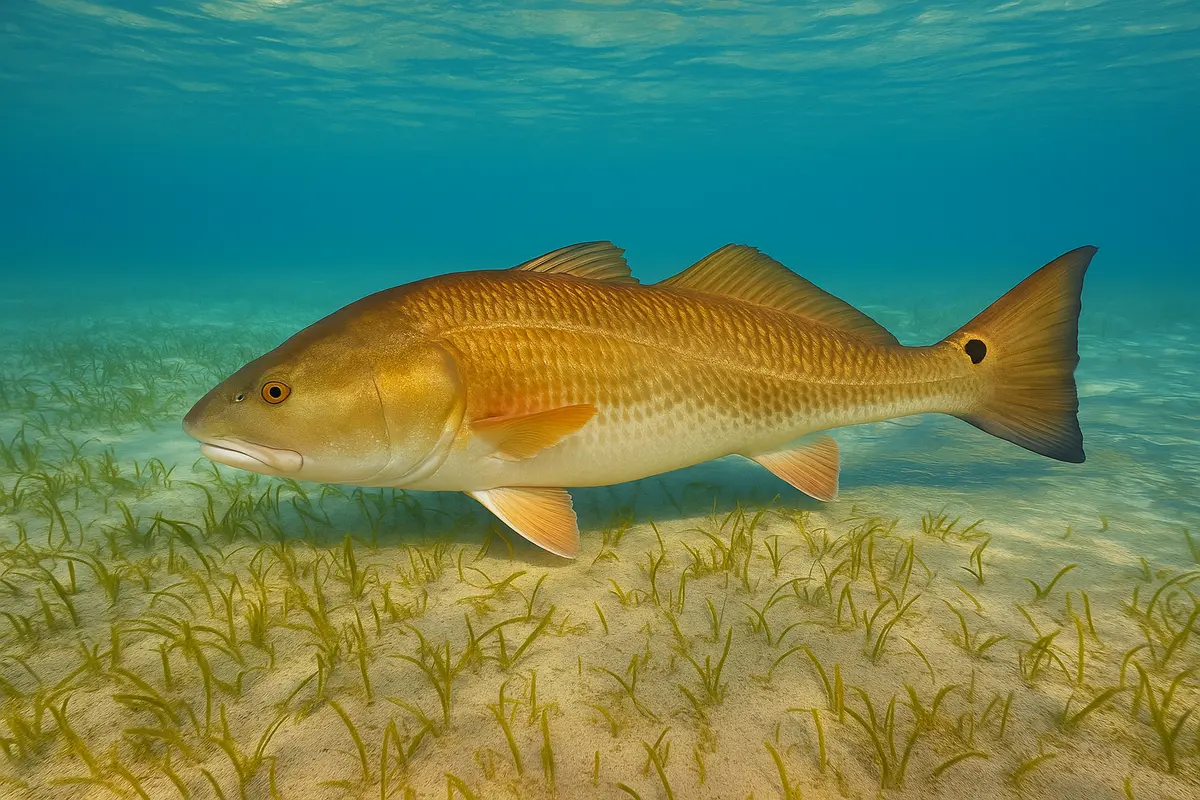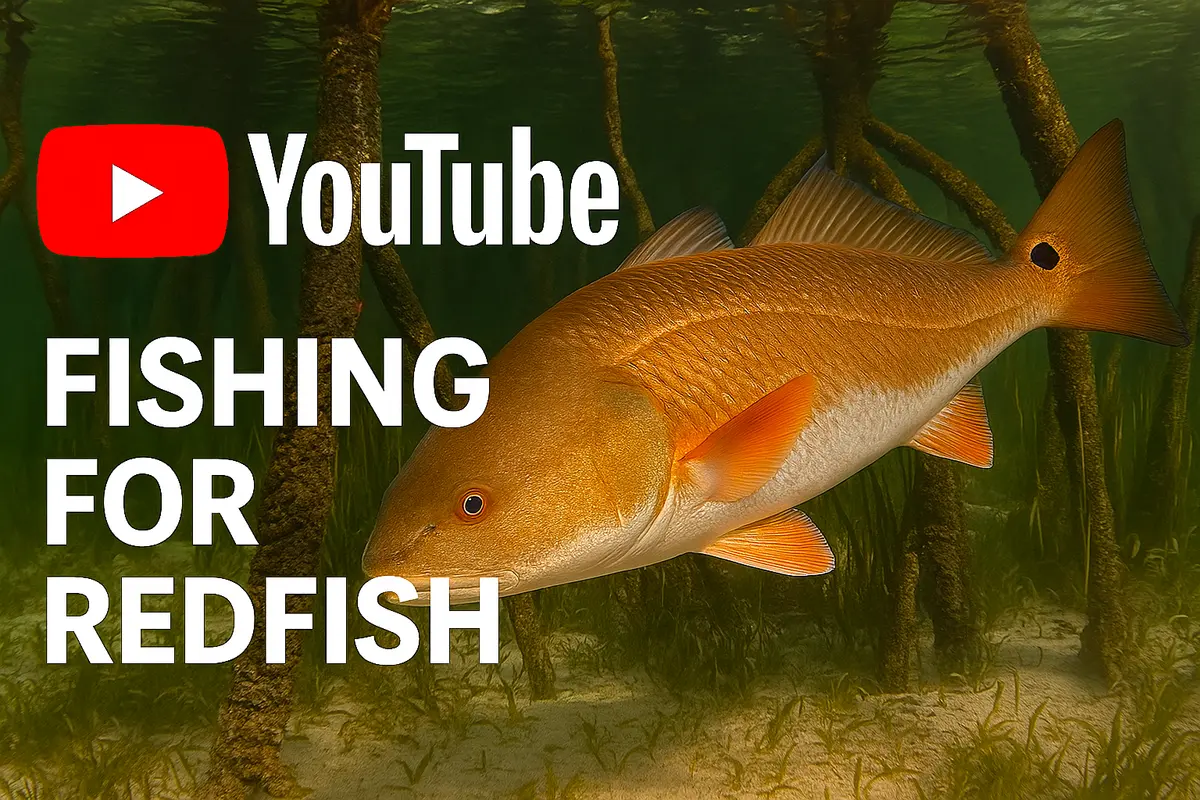Redfish: Stages - Spawning
Table of Contents
- Life Cycle of Redfish Fishing: An Extensive Guide
- Introduction
- The Redfish Life Cycle: An Overview
- 1. Spawning Stage: The Genesis of Life
- Where Do Redfish Spawn?
- When Does Spawning Occur?
- The Spawning Process
- How Spawning Knowledge Benefits Anglers
- 🎣 Case Studies: Redfish Spawning Areas
- 1. Mobile Bay, Alabama
- 2. Matagorda Bay, Texas
- 3. Cape Lookout, North Carolina
- Further Reading & Resources
- Related Search Terms on Redfish Spawning
Life Cycle of Redfish Fishing: An Extensive Guide

Introduction
Redfish, also known as red drum, are one of the most sought-after inshore gamefish in North America. Their life cycle—from spawning aggregations in coastal waters to juvenile nurseries in estuaries—drives much of their seasonal behavior and distribution. By understanding when and where redfish spawn, how the larvae disperse, and where juveniles find shelter, anglers can optimize their tactics for each life stage. This guide delves into the spawning stage of redfish, offering insights into habitat preferences, timing, reproductive behavior, and why this knowledge is crucial for planning successful trips.
The Redfish Life Cycle: An Overview
Redfish undergo several distinct life stages:
- Spawning Stage: Mature adults gather in coastal waters to release eggs.
- Egg/Larval Stage: After fertilization, eggs incubate and hatch into planktonic larvae.
- Juvenile Stage: Young redfish migrate into sheltered estuaries, marsh creeks, and seagrass beds.
- Sub-Adult Stage: As they grow, redfish begin to explore nearshore flats and channel edges.
- Adult Stage: Fully mature redfish move between inshore feeding grounds and spawning areas.
Each stage is characterized by unique habitat use, diet shifts, and behavioral patterns that directly impact angling strategies.
1. Spawning Stage: The Genesis of Life
Where Do Redfish Spawn?
Redfish spawn in nearshore coastal waters—typically along barrier islands, sandbars, and inlets—where salinity and temperature conditions favor egg development and larval dispersal. Key spawning habitats include:
- Barrier Island Passes & Inlets: Tidal flows concentrate adults and carry eggs out to the continental shelf.
- Nearshore Reefs & Sandbars: Provide stable salinity and moderate currents for egg survival.
- Estuarine Mouths: Transitional zones between fresh and saltwater, often used in transitional spawning runs.
When Does Spawning Occur?
Timing varies regionally but follows a predictable seasonal window:
- Northern Gulf & Atlantic Coast: Peak spawning from September through November.
- Southern Gulf (Florida Panhandle to Texas): Spawning primarily from June through August.
- Temperature Cues: Adults initiate spawning when water temperatures reach roughly 68–85°F (20–29 °C).
The Spawning Process
During the spawning season, redfish form loose aggregations of dozens to hundreds of fish. Females release batches of buoyant eggs—up to several million per season—while males simultaneously release sperm for external fertilization. Fertilized eggs remain planktonic, drifting with tidal currents. Key features include:
- Batch Spawning: Individual females spawn multiple times over weeks, increasing survival odds.
- High Fecundity: Large egg numbers compensate for high larval predation rates.
- Site Fidelity: Adult redfish often return to the same general spawning grounds annually.
How Spawning Knowledge Benefits Anglers
Awareness of redfish spawning behavior offers anglers significant advantages:
- Locating Aggregations: Knowing peak months and favored habitats helps pinpoint schools.
- Timing Trips: Early mornings or spring tides often coincide with spawning activity, increasing encounter rates.
- Targeting Transitional Zones: Areas just outside estuary mouths can hold both pre-spawn and post-spawn fish.
Pro Tip: Use local tide charts and water-temperature readings to plan outings during peak spawning windows. Full and new moons can enhance tidal flows, concentrating spawners.
🎣 Case Studies: Redfish Spawning Areas
1. Mobile Bay, Alabama
- Location: Mouth of Mobile Bay near the Dauphin Island Pass
- Significance: One of the largest redfish spawning aggregations on the Gulf Coast
- Seasonal Window: Primarily in September and October
- Observations:
- Aggregations of 50–200 fish noted on falling tides
- Strong tidal currents carry eggs offshore for larval dispersal
- Acoustic tagging reveals site fidelity, with many fish returning year after year
2. Matagorda Bay, Texas
- Location: Near Pass Cavallo and Lighthouse Lakes
- Significance: Important spawning grounds for Gulf redfish populations
- Seasonal Window: June through August, peaking in July
- Observations:
- Spawning schools concentrate around passes at dusk and dawn
- Researchers document batch spawning intervals of 5–7 days
- Early larval surveys show high densities in adjacent marsh creeks
3. Cape Lookout, North Carolina
- Location: Off the barrier islands of Cape Lookout National Seashore
- Significance: Critical Atlantic Coast spawning site for red drum
- Seasonal Window: October through November
- Observations:
- Spawning occurs in 10–20 ft of water over sandy bottoms
- Full-moon tides produce the highest aggregation numbers
- Collaboration with state agencies has led to seasonal no-fishing zones
Further Reading & Resources
- NOAA Red Drum Life History Fact Sheet
- State Fishery Management Plans (e.g., Florida FWC, Texas Parks & Wildlife)
- Acoustic Tagging Studies on Redfish Migration
Click the image below for more “Redfish Spawning Behavior” insights on YouTube:
Related Search Terms on Redfish Spawning
| Search Term | Thumbnail |
|---|---|
| Redfish Spawning Habitat Overview |  |
| Timing of Redfish Spawning |  |
| Estuary Mouth Red Drum Aggregations |  |
Ask AI for More Info
Try our AI assistant for free—sign up to access this powerful feature.
👉 Sign Up to Ask AI